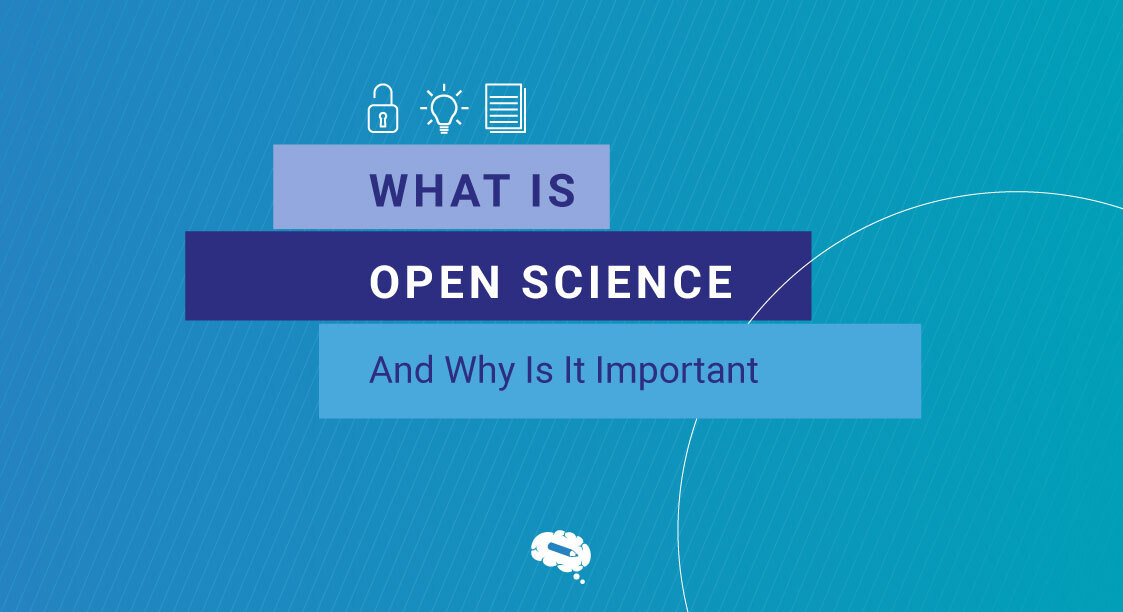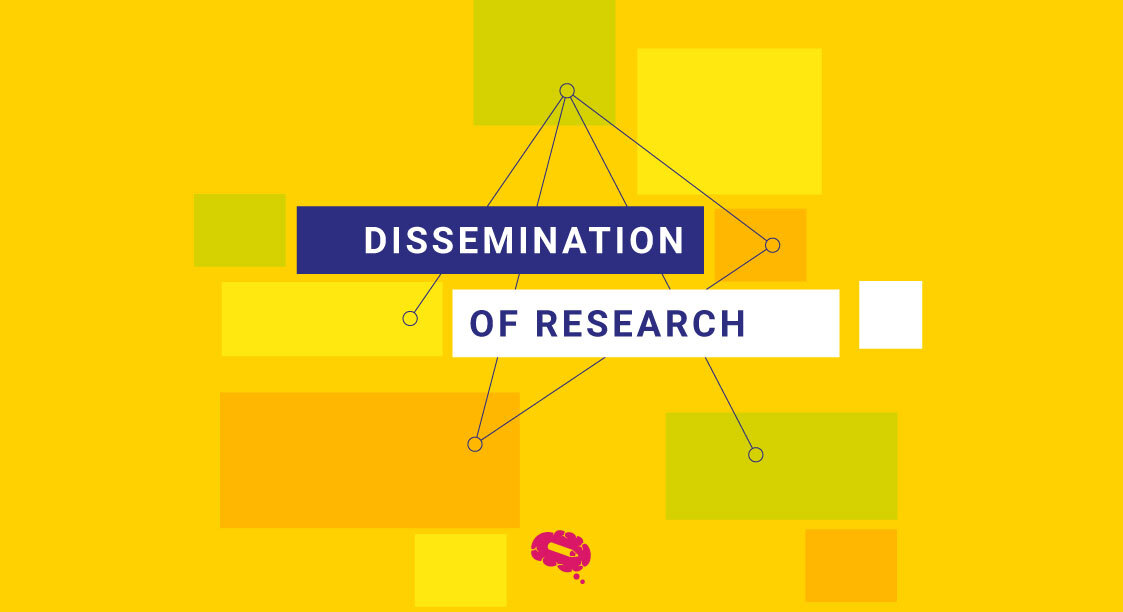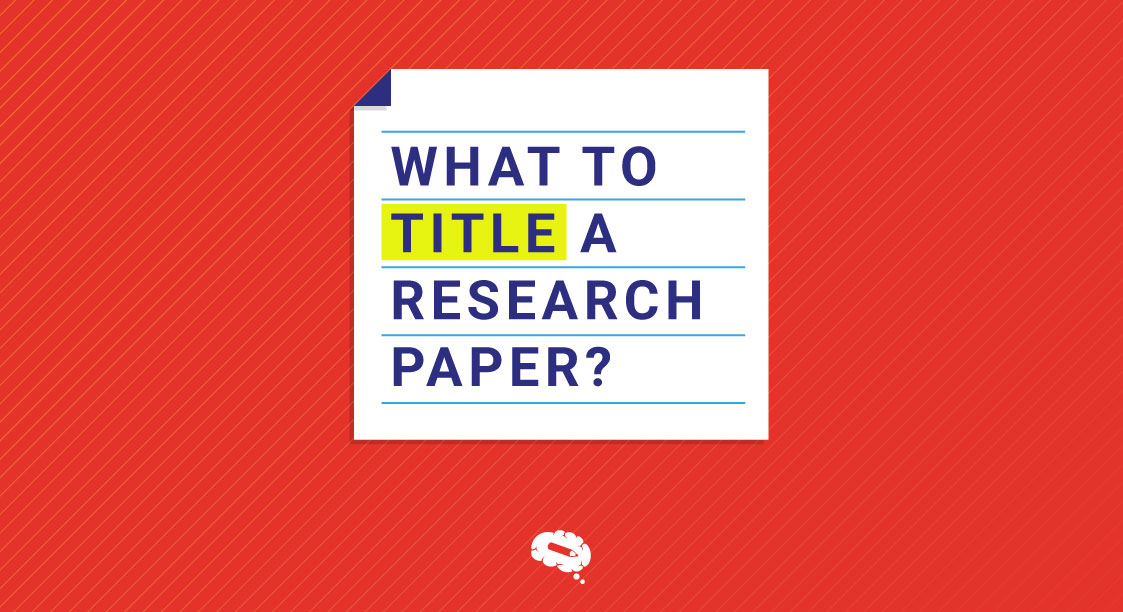Academic papers are only influential if they are discoverable, and online discovery is almost entirely reliant on journal indexing. Even the most groundbreaking academic papers will be difficult to find if discovery tools do not correctly index them.
The number of abstracting and indexing services that cover a journal determines its notoriety. Ones that are indexed are believed to be of higher quality than journals that are not.
In this piece, we will discuss the significance of effective journal indexing and how journals that adhere to essential criteria may improve the visibility and influence of their papers.
What is a journal indexing and why is it important?
Indexing is a collection of items gathered for a certain reason. Journal indexing (also known as bibliographic indexes or bibliographic databases) are collections of journal titles grouped by discipline, subject, or publishing type.
Submitting your work to an indexed journal increases its authority and visibility. Non-indexed journals are frequently regarded as having inferior scientific quality than indexed journals. With the emergence of entirely open access journals and online-only journals, determining the trustworthiness of publications and their publishers has grown more challenging.
The existence of a journal in one or more well-known databases indicates the journal’s reliability, and that’s why journal indexing is so important. A variety of indexing alternatives are available to journals, ranging from generic search engines to discipline-specific databases, each with its own set of advantages.
Basic indexing standards
Journals must adhere to some key publication requirements to be included in any academic index. Journals should include the following to fulfill basic indexing requirements:
- International Standard Serial Number (ISSN)
- Digital Object Identifiers (DOIs)
- A defined publication schedule
- Copyright Policy
- Metadata at the article level
From there, indexes can have different inclusion criteria, such as:
- Scope of publication: Some indexes only allow journals that publish in specific fields of study. MEDLINE and PubMed Central, for example, exclusively index journals in the biomedical and biological sciences.
- Editorial and policies: Indexes frequently demand the complete identities and affiliations of journal editors, as well as information regarding journal editing guidelines such as a publicly accessible peer review policy and publishing ethics statement.
- Professional publishing: Some indexes consider professional publishing, which includes verifying readability and production quality.
- Archiving policy: Some indexes require journals to demonstrate that their papers are stored by a long-term digital preservation service.
What are the types of journal indexing?
Consider that different indexes will supply varying levels of additional discovery opportunities. Some databases just index the titles, abstracts, and/or references of papers, whilst others index the complete text. Indexes that absorb more article information and/or complete text will provide improved discovery possibilities in general.
The advantages of each index format for journals are addressed more below.
General Search Engines
Search engines are easily accessible to practitioners in each area as well as the general public, instead of being buried in academic databases.
Any journal, regardless of its publishing history, citation count, or other time-bound conditions academic databases may need, can be included in a search engine index. Search engines are excellent indexing starting points since they can be added to it immediately.
Indexes for general search engines will “look” for your paper using computer programs known as “crawlers,” “spiders,” or “bots.” As long as no “no-index” tags are present on any of your journal website pages, your work will be crawlable by search engines.
Scholarly Search Engines
Google Scholar and Microsoft Academic are the best scholarly search engines to use. Both scholarly search engines have quality control measures in place and take great pains to guarantee that the websites they index are academic sources.
Scholarly search engines may dramatically increase the reach of your journal articles and boost the probability that they will be read, shared, and referenced online. For example, unlike other databases, Google Scholar’s search feature concentrates on individual articles rather than whole journals.
General and Discipline-specific Scholarly Indexing Databases
You should also try to have your work included in scholarly indexing databases. Your journals can be uploaded to generic indexing databases that cover all or multiple disciplines, as well as discipline-specific databases.
The following are some of the most prominent general scholarly databases to consider:
Open access, impact factors and indexation
Many journals have begun to provide an open access option in response to the recent growth in open access publishing. Open access journals provide several advantages, including increased visibility and faster publishing.
However, as mentioned priorly, with this rise comes ambiguity; there is now a need to identify reliable open access journals, and one method to do so is to look at their indexing status. And, while an indexed journal can provide credibility and reliability, it does not guarantee that the journal will have an impact factor.
The impact factor is a frequently used formula for determining the relative relevance or influence of scientific publications and might be essential for a variety of reasons, including institutional needs or grant funding.
Check these articles to learn more about open access in the scientific community and research dissemination.
Create graphical abstracts for every journal with no effort
Consider adding a graphical abstract to emphasize your work’s essential ideas and increase its attractiveness if you want to have it published. Mind The Graph tool is great for this; it allows you to quickly generate graphical abstracts and other infographics.

Subscribe to our newsletter
Exclusive high quality content about effective visual
communication in science.




